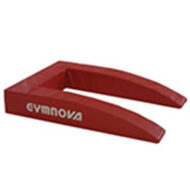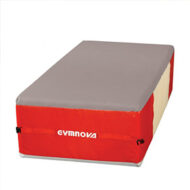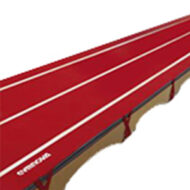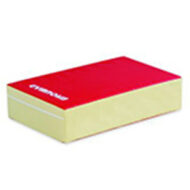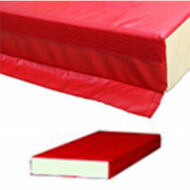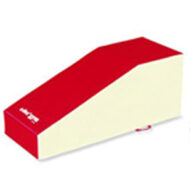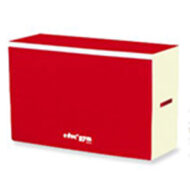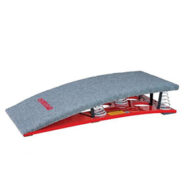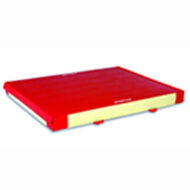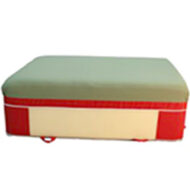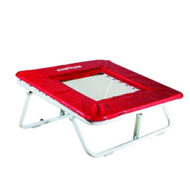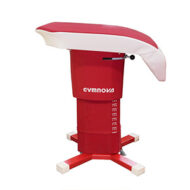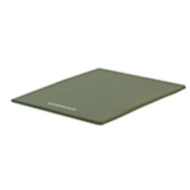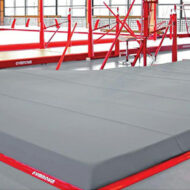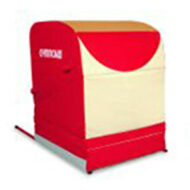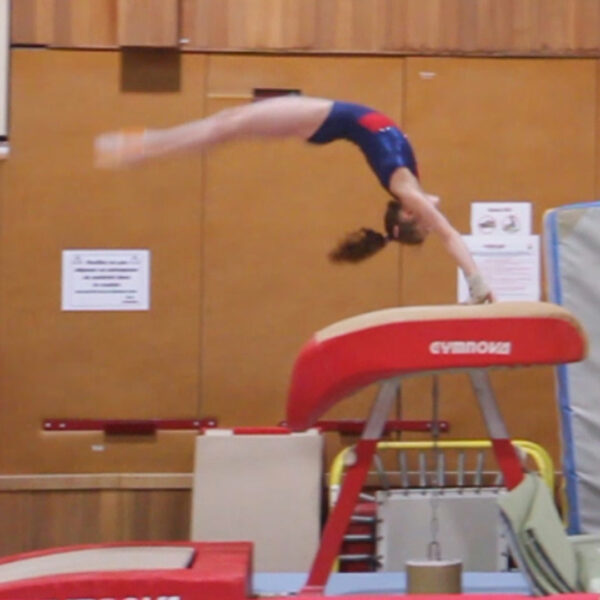The Yurchenko Part 2
Technical analysis and specific physical preparation



Angelo Ritorto
The Yurchenko Part 2
Technical analysis and specific physical preparation
description
In this second half of the training on the Yurchenko on vault, you'll find another three videos.
To begin with, a technical analysis, in which we'll analyze each phase of the movement.
We'll take a detailed look at two types of hurdle that are commonly used, with the advantages and disadvantages of each.
Next, we'll analyze the round-off, with particular attention to the essential role of the back leg in the landing from the hurdle. You'll find out why it's one of the phases of the skill that poses the most problems for our gymnasts.
Next, we'll see the different angles of attack for the springboard and the vault, as well as the actions for both the entry and exit.
To finish up, we'll give you some advice on where to place the springboard, the mat, and the different marks, at the right distance.
Then move on to the video on physical preparation, with a number of exercises specifically for Yurchenko.
Bonus: a "live" segment with 7 case studies. Practice spotting performance errors and see our analysis and the solutions offered.
Enjoy the training!
Associated books
Let's Teach artistic gymnastics on Vault - Volume 2
Learn how to teach:
• Handspring front • Tsukahara tuck • Yurchenko •
All the exercises needed to learn these technical elements, from their beginnings to the execution of complete skills
→ 176 exercises - 252 pages - Format 15 x 21 cm -
A note on the series of books, "Let's teach gymnastics":
• Our books are essential companions to the video training on the same topics that you find in the section "Gymnastics Education" here on GymneoTV.
• Their spiral binding and tabbed pages allow you to quickly find the skills you want to look at, and easily locate the drills and training stations.
• The summaries of technique and the large format illustrations made to scale make these books the ideal companions to your training sessions.
Our advice:
• For training session prep: thanks to the technique summary and icons at the top of each page, you can easily find the stations that match the current needs of your gymnasts. You can also anticipate the equipment needs for your upcoming session.
• During training: with the help of realistic images, you can save time by showing your gymnasts the drills to work on. They will also be able to help you set up the training stations and thanks to the illustrations, they'll more easily understand the task at hand.
• You will improve the constant exchange that you have with your athletes. In fact, when giving your instructions, the illustrations create common ground for discussions or reference points. They make it easy to understand and/or visualize technical placements, which makes it much easier to learn the element.
content
- Introduction and first part of the approach run
- Second part of the approach run: the hurdle
- First hurdling technique
- Second hurdling technique
- Comparison of two hurdling techniques: pros and cons
- Round-off
- Take-off phase on the springboard
- Back handspring (first flight)
- Impact on the vaulting table
- Acrobatic phase: second flight tucked, piked, and stretched
- How far should the springboard be from the horse?
- How should the mat be set up for the hand plant?
- Markings on the runway
